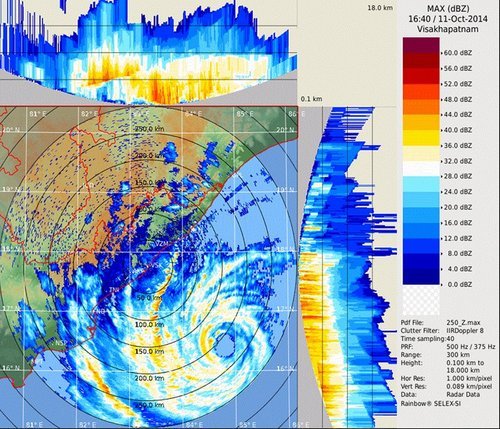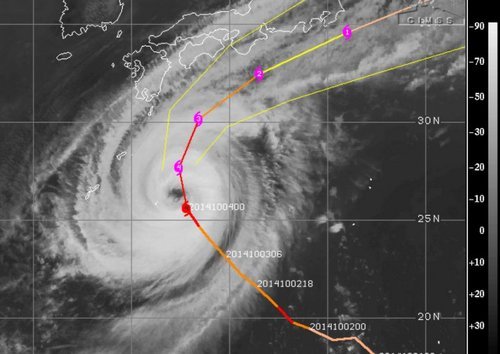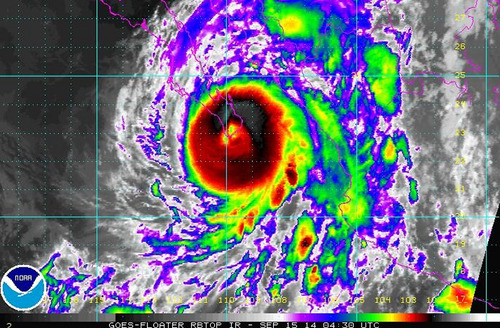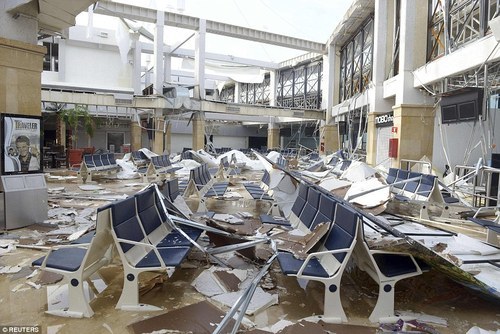Gonzalo Rolls through Bermuda
Another week, another tropical disturbance forms – this time in the Atlantic. Gonzalo started to organize earlier this week just east of the Caribbean and drifted west, slowly organizing itself at the same time. By the time it reached the eastern islands of the Caribbean such as Anguilla and the British Virgin Islands, Gonzalo was a category one hurricane and brought strong winds and heavy rains to the islands. Hurricane Gonzalo then started curving northeast and quickly strengthened into a category four, with a pinhole eye after it cleared the Caribbean Islands. The storm was then headed for Bermuda, which meant trouble for the small island out in the Atlantic.
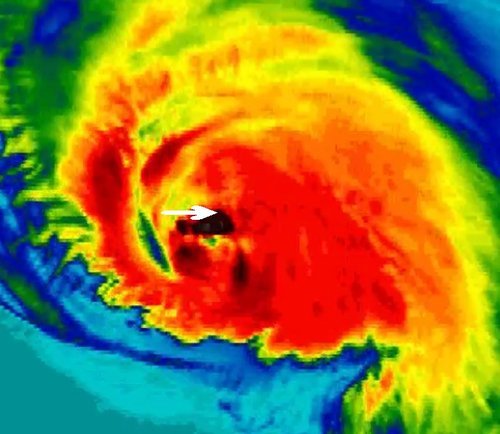
Gonzalo made landfall on Bermuda Friday evening, lashing Bermuda with high end category two winds (175km/h) as the eye wall made its way across the island. Reports of how Bermuda fared were difficult to find as of Friday evening, but it appears the island did quite well with no deaths or injuries reported. However, power was knocked out to about 90% of Bermuda’s residents as well as flooded streets reported. Compared to last week’s EIWN, the big difference is that the infrastructure in Bermuda is built to withstand fairly strong hurricanes, unlike most of the buildings in the region of India that Hudhud affected.
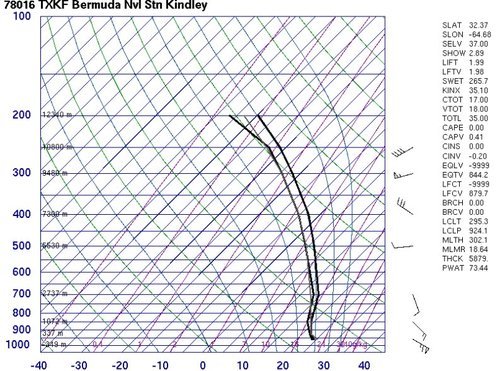
Hurricane Gonzalo will continue its trek northeastwards and may even clip Newfoundland by Sunday as it transitions to extratropical. Interestingly enough, Gonzalo will likely make it all the way to the United Kingdom as an extratropical storm early next week. No other storms are expected in the near future in the Atlantic.
